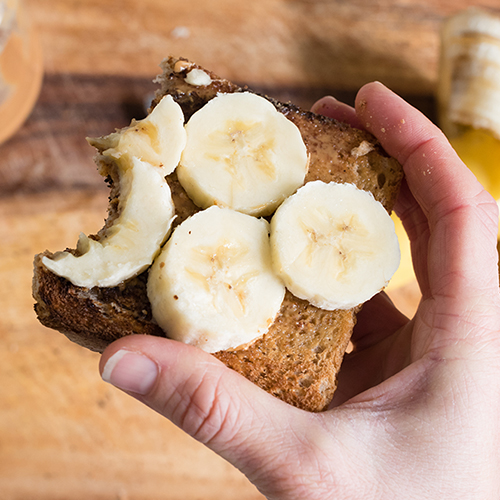March 2020
Wellness is a hot topic these days, so you might be surprised to learn that only one in ten Americans actually lives up to the most basic tenet of nutrition: eat five fruits and/or vegetables every day, also known as “5-a-day.” This is a problem, since nutrition experts agree that adequate fruit and vegetable consumption is the most important pillar of nutrition.
Why fruits and vegetables are important
According to the American Heart Association, eating fruits and vegetables can reduce your risk of heart disease, stroke, diabetes, and other chronic health problems. Fruits and vegetables are high in fiber, which helps with digestion and weight control. They also provide various micronutrients (vitamins and minerals), which our bodies need to function properly.
Many of these micronutrients are also antioxidants, which help reduce the cellular damage that happens with aging.
Although packing more produce into your days might seem daunting, it’s not as hard as you’d think. Here are three easy ways to get started.
Cut your produce bill
Fruits and vegetables are important, but they can also get expensive. That said, it’s possible to cut down your produce bill.
When you’re shopping for fresh produce, opt for whatever is local and in season. These items are less expensive because they don’t travel as far or sit in storage for as long. It also helps to go shopping with an open mind, then pick up whatever is on sale.
Frozen fruits and vegetables are another all-star option. Most are picked in season and flash-frozen to preserve flavor and nutrients. Similarly, canned vegetables, with no salt or sugar added, are nutritionally similar to, but cheaper than, fresh vegetables. Both frozen and canned options also have a long shelf life. Unlike fresh produce, they won’t wilt or mold after a week in your fridge.
Sneak veggies into other dishes
If big green salads don’t appeal to you, there are plenty of ways to work veggies into other dishes.
Smoothies are a great source of fruit, but consider adding a cup of baby spinach to your blender. It will add green color and nutrients, but the flavor will be undetectable.
Soups and stews are another obvious place to add more vegetables. If you traditionally make yours with meat and potatoes, add carrots, onions, and celery for flavor and a handful or two of leafy greens at the end (which will wilt down to almost nothing).
If you want to get creative, add finely chopped or pureed vegetables to dishes that traditionally don’t have many. Adding sautéed peppers and mushrooms to your scrambled eggs goes a long way, and pouring pureed cauliflower or butternut squash into lasagna or mac-and-cheese is a kid-friendly trick no one will even notice.
Replace packaged snacks with produce
Packaged snacks are convenient, but many lack nutrients. If you have access to a fridge at work, load up on raw veggies and hummus or guacamole. If not, apples and nut butter make for a great room-temperature snack.
The bottom line? Making a conscious effort to increase your fruit and vegetable consumption might feel like a challenge at first, but, eventually, it becomes a habit. The proven benefits of 5-a-day are more than worth it.



